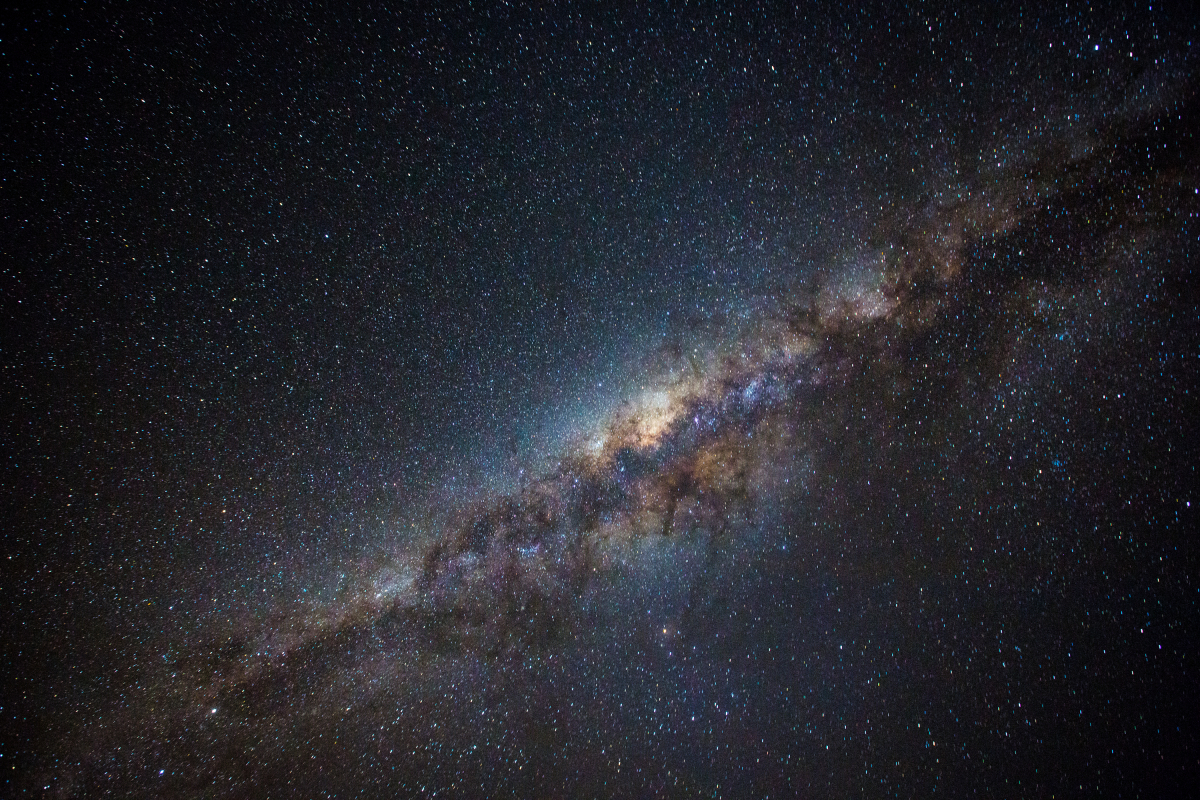When scientists imaged Sagittarius A* at the center of the Milky Way for the first time in 2022, the image still showed a blurry, glowing donut with no discernible structure. However, using a new type of recording, researchers have now been able to achieve at least visual clarity of what is happening on the border of endless darkness.
The photo was taken with Event Horizon Telescope (EHT) It creates and produces polarized light thanks to a special filter. The researchers published their findings in the specialized journal Astrophysics Letters published.
Pictures of Sagittarius A*: A stunning arrangement on the brink
The new method allows the detection of moving charged particles orbiting Sagittarius A*. The luminous elements form surprisingly clear structures.
Editorial recommendations
“We can now see that there are strong, twisted and regular magnetic fields near the black hole at the center of the Milky Way,” said Sarah Isson, co-leader of the research project.
Glowing twisted vortex: This is what the magnetic fields around Sagittarius A* look like in an image showing polarized light. (Image: EHT Collaboration)
In fact, black holes are invisible because they have such amazing mass and density that they attract light into them and make it disappear. However, what you can see is what's called an accretion disk: hot gas floating in the dark, partly being pulled inward or expelled again.
The luminous structures in the center of the image end in what is called the event horizon, that is, the place where everything that exists ends and the actual black hole begins.
This is what researchers expect from EHT-enhanced recordings
Sagittarius A* is located at the center of the Milky Way and weighs 4.3 million times the weight of our Sun. What is particularly exciting for the research is that it is now possible to examine and compare the motions of particles and jets of matter ejected at the edge of black holes.
Initial comparisons have shown, for example, that the behavior of magnetic fields at the edges of cosmic objects does not differ, even if they have large differences in mass. The researchers also hope that the improved images will enable them to learn more about how black holes “eat.”
The EHT is a virtual telescope made up of many different radio telescopes located all over the Earth. Thanks to ever-improving images, researchers may soon be able to solve the ultimate mysteries surrounding supermassive black holes. There are still a few of them.

“Prone to fits of apathy. Zombie ninja. Entrepreneur. Organizer. Evil travel aficionado. Coffee practitioner. Beer lover.”







More Stories
Two smart tools for fast data exchange
Pokémon Go Hyperbonus Raid Day with Mega Lucario – Here’s What You Need to Know
Researcher warns of fire in space – “one of the most dangerous scenarios in space travel”